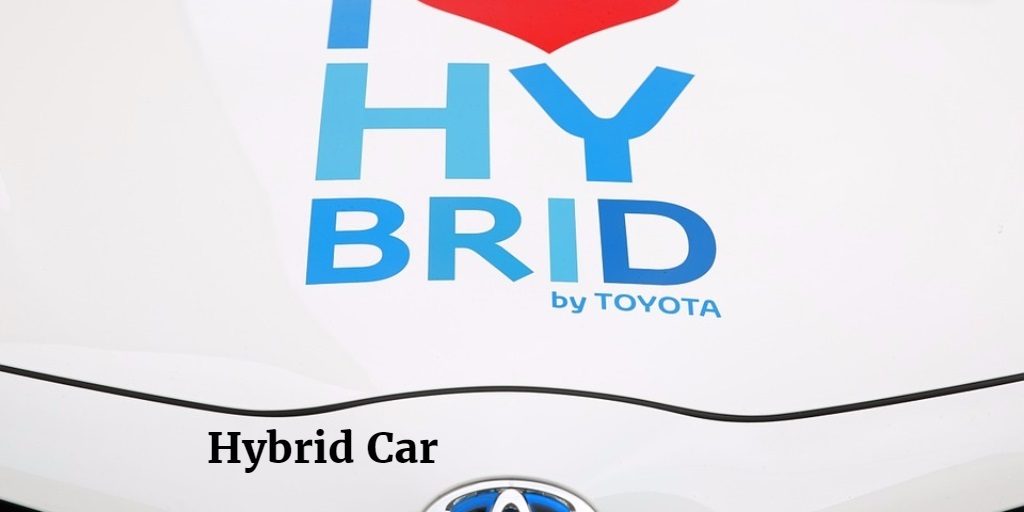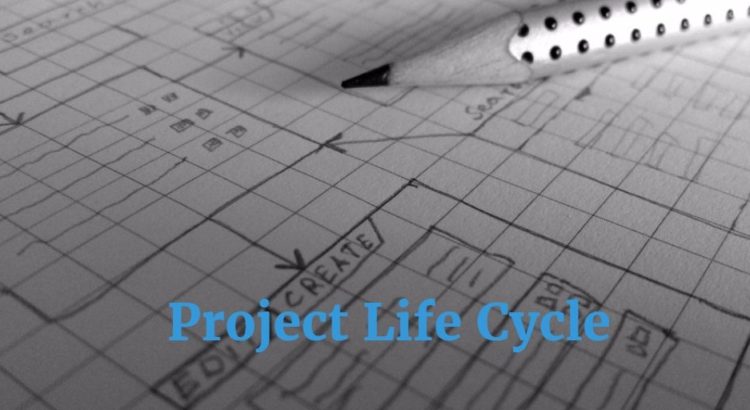A project life cycle is the aggregation of multiple phases from the start (Initiation) to the completion (Closure). A common project life cycle consists of a start then moves to organizing and preparing. Next, is ‘doing the work’ and finally closing the project. In this article, we are going to cover what is Project Life Cycle.
Attend our 100% Online & Self-Paced One-Hour Free PMP Training.
What phases does a project life cycle have? How do different project characteristics vary across the project life cycle? What are the most common models?
Phases
A project life cycle includes different phases. A phase is a set of activities in a project that are logically grouped together. The completion of these activities usually creates a deliverable. These phases are generally one after the other. In a ‘House Construction’ project, the project life cycle starts with awarding a contract to a builder/contractor for building the house. It ends when the house is handed over by the builder to the owner of the house.
‘Concept’, ‘Design’, ‘Build’ and ‘Hand Over’ are the phases in this project life cycle as you see in the figure below. In the design phase, requirements are understood based on which the structural design is finalized. Logically, you can prepare the drawings only after you know the requirements of the house: number of rooms, layout, the total number of levels for the house, etc. The end of design is marked by the approved drawings and specification that will be needed for the construction or ‘build’ phase.

The number of phases and their names doesn’t need to be uniform in every life cycle. So what differentiates it? Each domain or function can have their own names. For example, a traditional waterfall model in software development may have ‘Analysis’, ‘Design’, ‘Develop’, ‘Test’ and ‘Implement’. The phases of a Drug Development in the Pharmaceutical industry would have ‘Research’, ‘Pre-Clinical’, and ‘Clinical’ as the phases.
Characteristics of Phases:
- Phases have a start and end with intermediate control points or milestones
- Phases can be sub-divided depending on the domain, deliverables or funding availability. For example, in software development, the analysis is a phase. This can be divided into requirements collection, analysis, and review. Milestones can be defined to show completion of requirements collection or review.
- Phases are usually sequential but can sometimes overlap. For example, testing the software program may start before all the programs in the module are developed. Overlapping the phases is also called ‘fast-tracking’. Since the next phase starts without the completion of the previous phase, rework may be needed.
- Work done in a phase may need specific skills and each phase may involve different departments/organizations. For example, in software development, design phase involves a Technical Architect while development involves programmers. Testing may be done by a separate department or outsourced to another organization. The testing team needs skills to identify errors and check for correctness and completeness.
- The deliverables of a phase typically become input to the subsequent phase.
- A review is done at the closing of the phase. This determines if it is worth/needed to proceed to the next. This review is generally called ‘Phase end review’, ‘Stage gate review’ or a ‘Kill point’
- All phases need not take the same effort or time frame to complete
What is the difference between Product life cycle and Project life cycle?

Product Life Cycle includes all the phases starting with ideation of product, moving to development, delivery, growth, maturity and obsolescence (phase out). There can be more than one project life cycle within a product life cycle. For example, the ideation stage where a new concept of a hybrid car- a combination of traditional internal combustion engine or gas and an electric engine is developed is a project. Design and Development of the hybrid car can be another project. During delivery or manufacture, there could be a need to add new features or modify existing model to target a luxury segment. This can also be a project.
How do different project characteristics vary across the project life cycle?
| Characteristic | How it varies across Project life cycle |
| Cost | Low at start, peaks during ‘doing work’, Tapers down towards close |
| Staffing Level | Low at start, peaks during ‘doing work’, Tapers down towards close |
| Risk & Uncertainty | Highest at start, reduce across the project life cycle |
| Stakeholder influence on product characteristics | Low at the start and increases across the project life cycle |
| Cost of correction of errors | Low at the start and increases across the project life cycle |
Models
Project life cycle can vary from a plan- driven or predictive model to a change-driven or adaptive model. As the name indicates, in a plan-driven project life cycle, the deliverables are defined upfront along with the cost and time needed for it. Hence, change management of scope is critical. In the change-driven approach to project life cycle, it is believed that change is inevitable and hence scope is elaborated in multiple iterations.
Predictive or Plan-driven:
The conventional waterfall model used in software development is a typical example. The phases are mostly sequential, sometimes overlapping. Each phase has a specific work or deliverable coming from it. The entire scope is defined at the start, project plan created and baselined before going implementing it. Detailed change management is the hallmark of this project life cycle model. It’s ideal if you know well what goes into the product and there already is a well-established knowledge.
This is also used when the stakeholders can use the product as a whole and not parts of it. Construction of a house is an area, where there is enough knowledge base and the scope. So the time and cost can be completely defined at the start or at least at a high level. Start with a high-level scope which is elaborated as you move closer into the phases is called ‘rolling wave planning’.
Adaptive or Change-driven Project Life cycle:
In projects where the product needs to be developed and delivered in increments through iterations, the Change driven life cycle model is used. This is also called Adaptive model and Agile methodology is generally used for this project life cycle model. Each iteration adapts to the needs of stakeholder. A change is expected as new requirements or feedback on the product in the iteration. Each iteration or cycle produces a workable version of the product. Requirements are added onto the next cycle and hence incrementally the product is developed. Each iteration is a short cycle of ranging from a week to four weeks which is called as ‘Sprint’ in Scrum methodology which is part of Agile. If you are interested in learning more about Agile, you can enroll in our Agile Scrum Certification Training to gain expertise in the domain.
The Adaptive life cycle model is used when it is difficult to define the complete scope ahead of time. Also when the customers can add features as they see a version of the product. Each iteration gives a usable version of the product to customers. When the time to market is less and customer needs to use the product, this model is preferred. Also, where changes in the domain are very fast, this model helps.
A project life cycle is the combination of different phases. Generally, it is comprised of a start, organizing and preparing, ‘doing the work’ and closing the project. A project life cycle may vary from a predictive to adaptive models.
Author Biography:

Sunanda Gundavajhala, B.Tech, M.B.A, PMP has over 25 years of project management. She is a consultant, trainer on project management for different sectors and is the recipient of “Recognition of Excellence” award from PMI, USA and Woman Volunteer award from Hyderabad, India Chapter of PMI. She has contributed to the “Practice Standard on Scheduling, PMI”. She has worked as the Liaison officer for PMIEF (Education Foundation) for the Hyderabad, India Chapter of PMI.


Project Lifecycle in detail.
Nice post, thanks for the share!